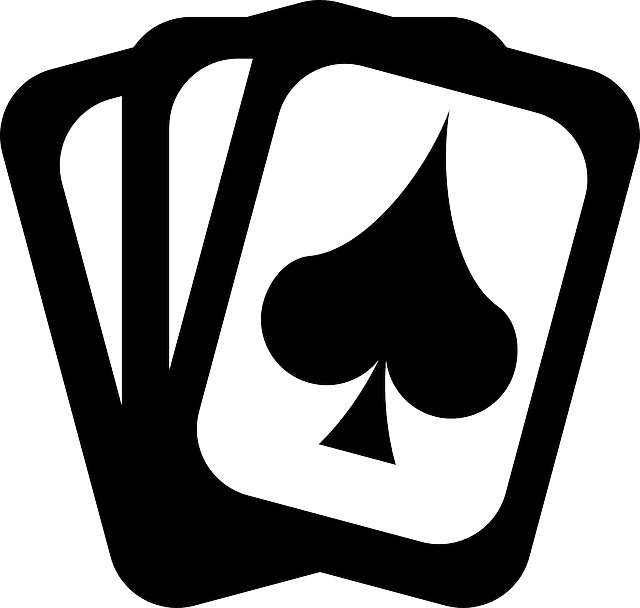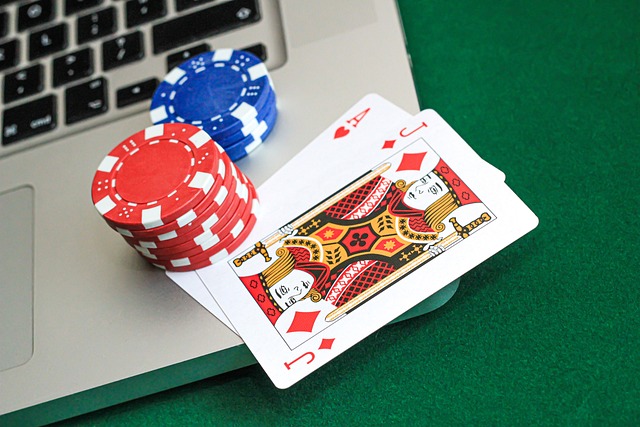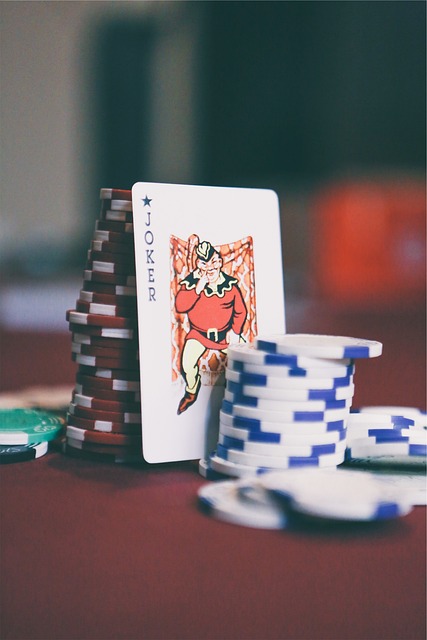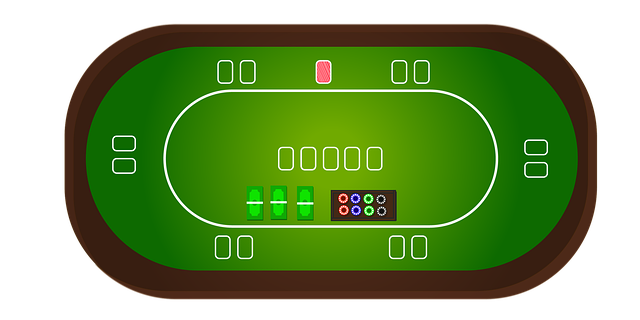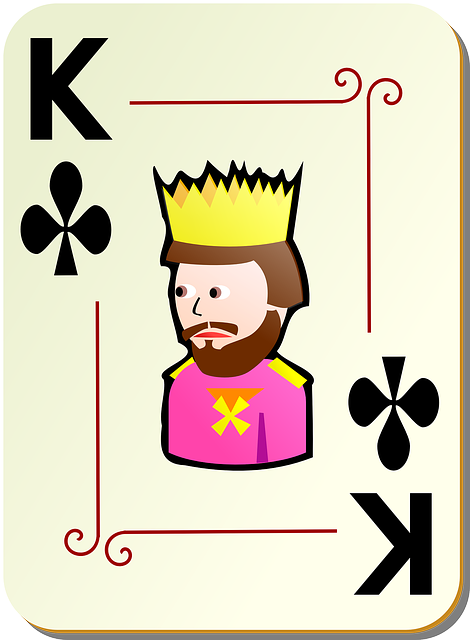poker, tracing back to 16th-century Persia, has become a global sensation. With a standard 52-card deck, players form hands of five cards and bet based on hand rankings and strategic decisions like calling, raising, or folding. Understanding these core components is key to navigating the game's engaging and intellectually stimulating nature, as outlined in "How to Play poker."
poker, a game of skill, strategy, and suspense, has captivated players worldwide for centuries. In this comprehensive guide, we’ll unravel the basic poker rules, taking you on a journey through its defining elements. From understanding the game’s origins and core components to mastering hand rankings, betting dynamics, and winning strategies—this article is your ultimate How to Play Poker resource. Let’s deal!
Poker Basics: Unveiling the Game
– A historical overview and definition.
– Essential components: cards, table layout, and betting structure.
Playing the Hand: Delving into the Mechanics
– Card rankings, hand combinations (high card, pairs, etc.).
– Betting rounds, actions (check, bet, fold), and blinding concepts.
– Exploring position advantages for strategic play.
Winning Strategies: Unlocking Success
– Optimizing starting hand selection.
– Calculating pot odds and counting outs.
– Reading opponents and distinguishing bluffs from value bets.
- Poker Basics: Understanding the Game
- – Definition and history of poker
- – Key components: cards, table layout, betting structure
Poker Basics: Understanding the Game

Poker is a game of skill, strategy, and chance, where players compete against each other to form the best five-card hand according to the standard poker hierarchy. To understand how to play poker, one must familiarize themselves with the basic rules and terms. The objective is simple: win bets by forming strong hands or convincing opponents that your hand is superior.
In poker, each player is dealt a unique set of cards, either face-up or face-down, depending on the variant. Common poker games include Texas Hold’em, Omaha, and Seven-Card Stud. After distribution, players take turns acting in a clockwise direction. The game involves rounds of betting, where players can check (pass), bet, raise (increase the bet), or fold (discard their hand). Understanding these actions is crucial for navigating the game. Key concepts like blind bets, dealing, and shuffle also play a significant role in how to play poker effectively.
– Definition and history of poker
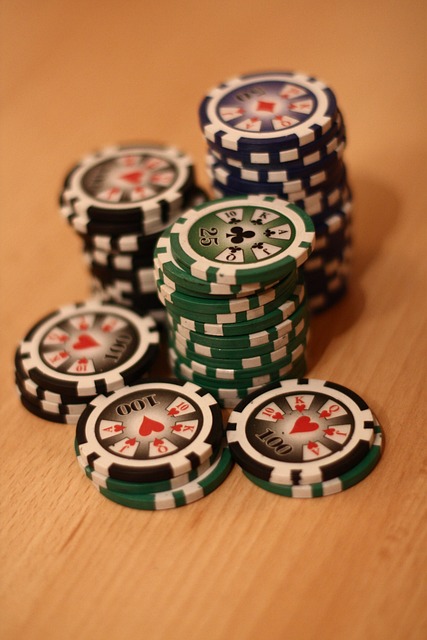
Poker is a captivating card game with a rich history that has evolved over centuries. Originating in the 16th century in Persia and later spreading to Europe, it gained immense popularity worldwide, especially after its introduction to America by French and Spanish settlers. The term ‘poker’ is believed to have stemmed from the word ‘poque’, which was used in France during the 17th century. Over time, the game travelled along trade routes, transforming and adapting as it went, until it reached its modern form in the 19th century.
Today, poker is a global phenomenon, with countless variations played in casinos, online platforms, and social gatherings. It’s not just a game of chance but also one of skill, strategy, and psychology. At its core, poker involves players betting on the strength of their cards, hoping to win by outperforming their opponents. Learning how to play poker encompasses understanding hand rankings, mastering bet types, and developing strategies to read other players, making it an engaging and intellectually stimulating activity for people from diverse backgrounds.
– Key components: cards, table layout, betting structure
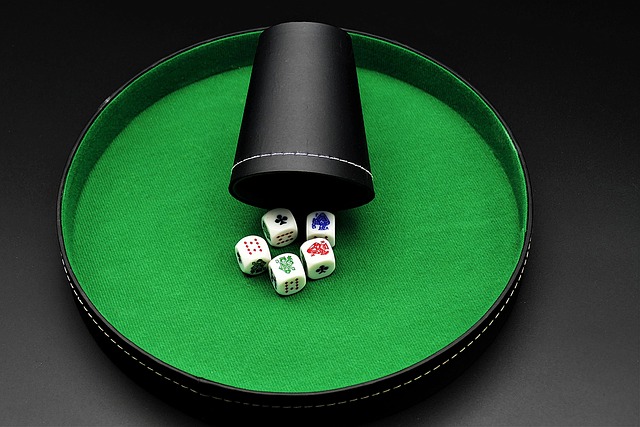
Poker is a game that combines skill, strategy, and luck. To understand how to play poker, you first need to familiarize yourself with its key components. The core of the game are the cards, typically a standard 52-card deck. Each player receives a hand of five cards, which they use to create their best possible combination according to poker’s ranking system.
The table layout is another essential element. It consists of betting spots where players place their chips to indicate bets or raises. The betting structure varies by game type but generally involves rounds of betting where players either call (match the previous bet), raise (increase the bet), or fold (discard their hand and forfeit their bet). Understanding these components—cards, table layout, and betting structure—is crucial for navigating the strategic decisions that make how to play poker both engaging and intellectually stimulating.
Poker, a game of skill, strategy, and suspense, has captivated players worldwide for centuries. By understanding the basic rules, including card values, bet types, and table dynamics, anyone can start their poker journey. Whether playing casually with friends or aiming to master the casino tables, grasping these fundamentals is the first step towards becoming a proficient poker player. So, gather your cards, familiarize yourself with the layout, and take a dive into the thrilling world of poker – remember, it’s not just about luck, but also how you navigate this strategic landscape.
